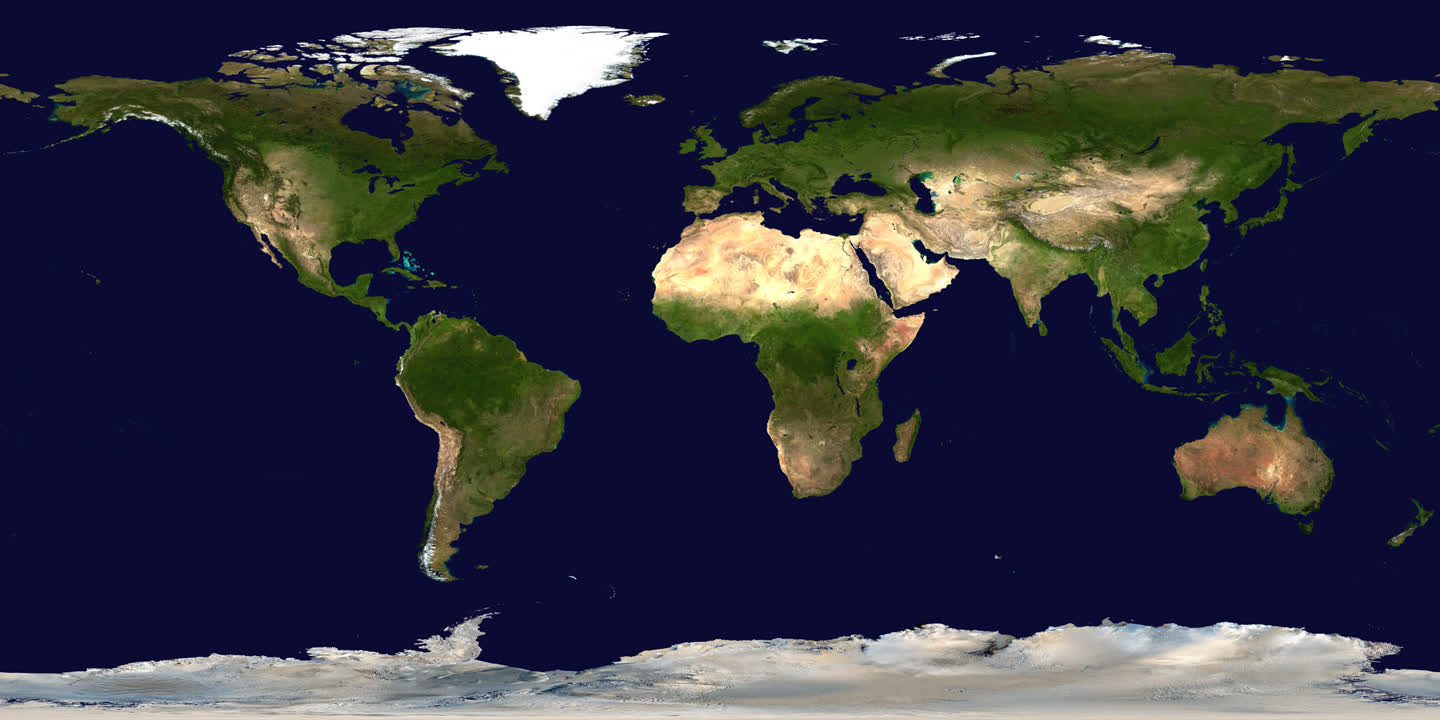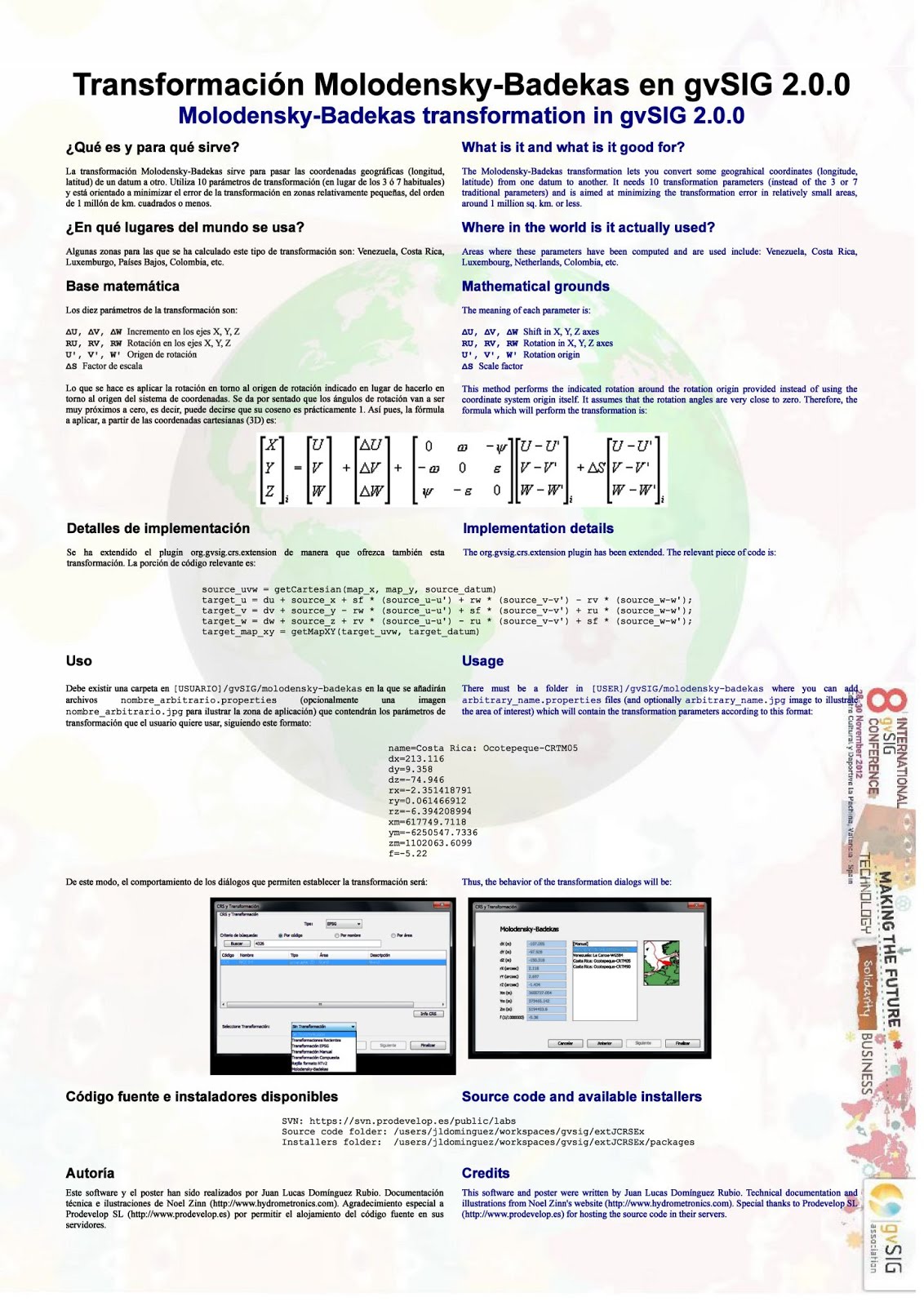In a previous post , I included a screenshot of Tokyo on Google Maps with an arrow and the coordinates associated with it before the March 11, 2011 earthquake. The USGS said that the whole Honshu island (where Tokyo is located) was shifted by about 8 feet (2.4 meters) during the earthquake. Now we can ask Google Maps to place the same arrow on the map again (their imagery is likely to have been updated in these years) and voilà! , Tokyo seems to have moved northwards by about 3 meters. It might be a coincidence, but I don't think so: Before: After: You can simply copy-paste these coordinates inside the Google Maps search box: 35.6821332,139.752048





